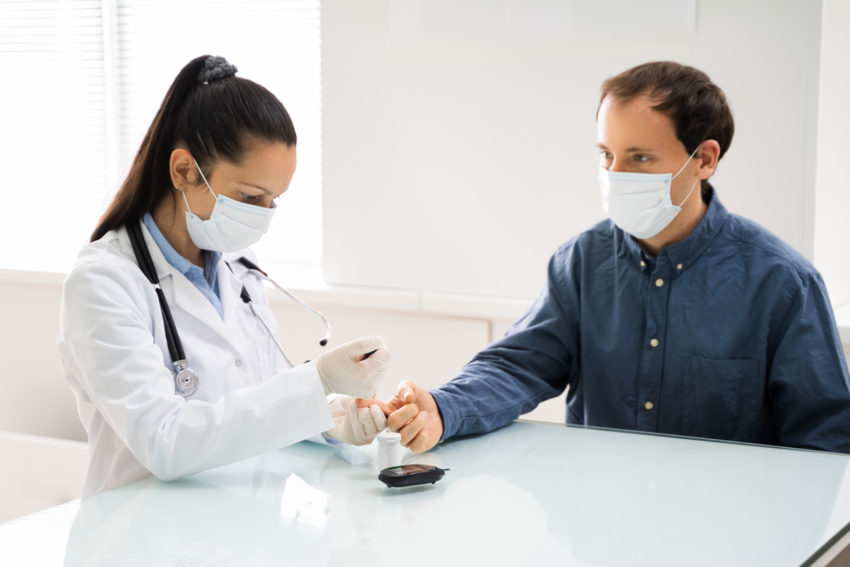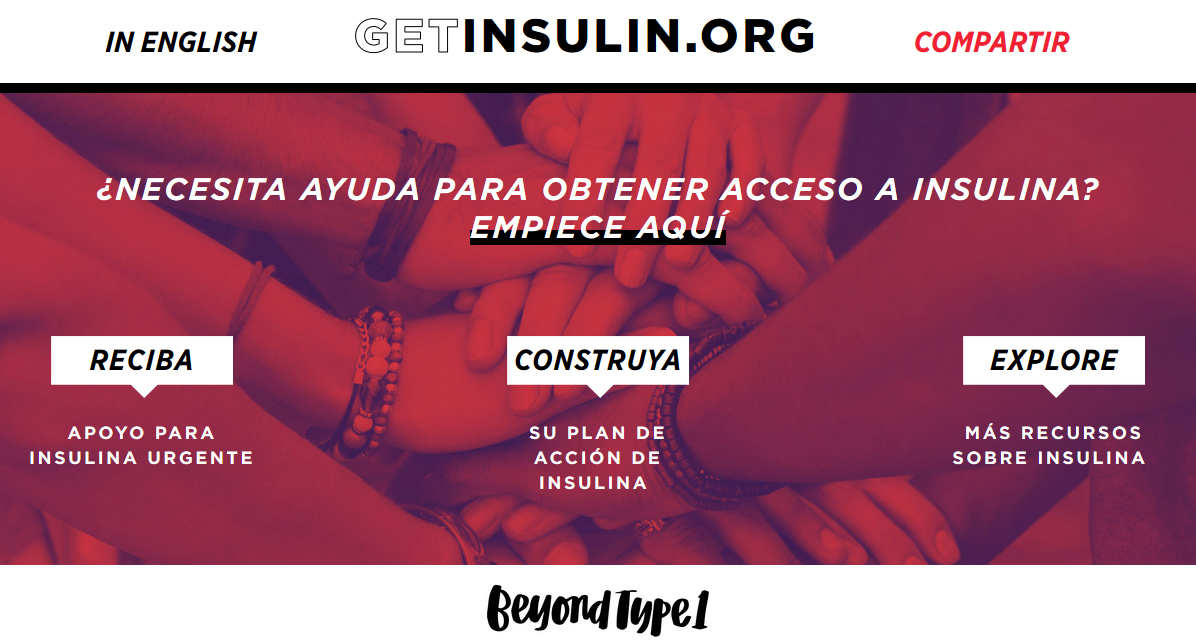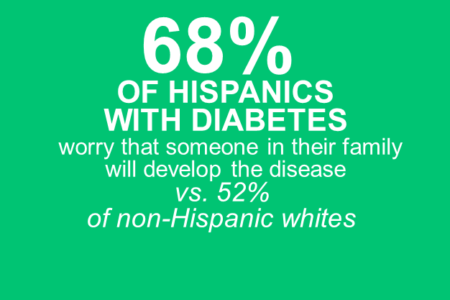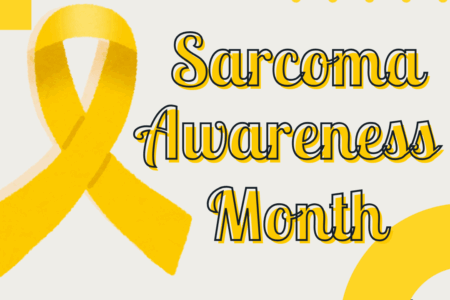
Share On Social!
Latinos and other people who have diabetes are getting more access to much-needed supplies amid COVID-19.
Beyond Type 1—a diabetes nonprofit organization—launched a new bilingual tool last week: GetInsulin.org in English and GetInsultin.org in Spanish.
This online platform is a tool to help those using insulin find inexpensive options. It also has assistance programs for patients in any financial circumstances.
“The job losses we’ve seen during COVID-19 mean that many individuals who lost their employer-based health insurance due to COVID-19 are experiencing insulin access issues for the first time in their lives,” Christel Marchand Aprigliano, Beyond Type 1’s chief advocacy officer, told Healio. “List prices for insulin are high, so a sudden insurance loss may leave an individual facing a high price tag at the pharmacy counter. GetInsulin.org helps connect people to the assistance options out there.”
The ‘Get Insulin’ Initiative Goes Live
Getting insulin can be challenging to understand and navigate.
However, GetInsulin.org aims to make things easier. It connects people to help available for them specifically. Beyond Type 1, co-founded by Nick Jonas, is changing what it means to live with diabetes, according to the CEO of the ADA—one of the initiative’s partners—Tracey D. Brown.
“GetInsulin.org, a critical tool for people who need insulin right now,” Brown said in a press release. “We need to both connect people to lifesaving solutions today and work towards a system that doesn’t leave so many in need of help accessing a drug they need to stay alive.”
 Through platforms, programs, resources, and grants, Beyond Type 1 is uniting the global diabetes community and providing solutions to improve lives today. With COVID-19, older people and people with underlying health conditions—including diabetes—appear to be at higher risk for significant complications.
Through platforms, programs, resources, and grants, Beyond Type 1 is uniting the global diabetes community and providing solutions to improve lives today. With COVID-19, older people and people with underlying health conditions—including diabetes—appear to be at higher risk for significant complications.
Type 1 diabetes occurs when an individual’s body is unable to produce insulin. Type 2 diabetes occurs when an individual’s body is resistant to its insulin or when the pancreas doesn’t have enough of it. Insulin is the most critical factor in the regulation of plasma glucose homeostasis and blood glucose level.
Why This the ‘Get Insulin’ Initiative Is Needed
This program comes at a critical time.
The pandemic is causing heavy job loss, especially for Latinos.
The U.S. already has the highest insulin prices of any developed nation. The price “can be at least four times higher and, in some cases, up to 30 times higher than in 32 other nations with similar high-income economies,” according to a new study from the U.S. Department of Health and Human Services.
“Prices in the United States are always much higher than other nations, even if you assume steep discounts to manufacturer prices in the US,” Andrew Mulcahya, a senior policy researcher at the RAND Corp, said in a statement.
Many studies also show that annual spending on insulin per patient has increased drastically.
“GetInsulin.org is an important tool, but the current system that allows people to slip through the cracks must also change,” Beyond Type 1 co-founder Nick Jonas writes. “Ultimately, insulin access shouldn’t be a political issue, but rather a human rights issue.”
What this Means for Latinos
Latinos are at far higher risk for diabetes than non-Latino whites.
Over the course of their lives, Latinos adults overall have a 40% chance of developing type 2 diabetes, according to the CDC. Latinos are also more likely to experience complications and death from diabetes.
COVID-19 may worsen diabetes disparities.
“We do not know whether people with diabetes are specifically at an increased risk of getting COVID-19. However, for those that do get COVID-19, if you have diabetes … the outcomes are dramatically worse for those populations, particularly if they have poor diabetes control,” Dr. David Kerr, of the Sansum Diabetes Research Institute in Santa Barbara, told the press. 
A landmark study found that rates vary within U.S. subgroups. Rates range from a high of 18.3% for those of Mexican descent to a low of 10.2% for those of South American descent.
Studies suggest Latino immigrants with diabetes lack understanding of diabetes and negatively view insulin therapy.
Awareness of these negative perceptions and barriers is essential for health care providers. It enables them to identify and address insulin-related fears and misconceptions and be mindful of the Latino cultural competency.
The GetInsulin website and plans are available in English and Spanish.
“The American Diabetes Association is honored to partner with Beyond Type 1 and the coalition of organizations committed to raising awareness of GetInsulin.org, a critical tool for people who need insulin right now,” said Tracey D. Brown, CEO of the ADA, said in a statement. “We need to both connect people to life-saving solutions today, and work towards a system that doesn’t leave so many in need of help accessing a drug they need to stay alive.”
How You Can Help
You can’t take action to address issues like diabetes disparities if you don’t know where the gaps are.
So download a Health Equity Report Card from Salud America! at UT Health San Antonio.
With the report card, you can see how many people face inequities in food access, education, income, health care, and health outcomes.
Then you can email your Health Equity Report Card to community leaders. You can also share on social and build the case to address health equity issues in at-risk areas!
GET YOUR HEALTH EQUITY REPORT CARD!
Explore More:
AccessBy The Numbers
142
Percent
Expected rise in Latino cancer cases in coming years



